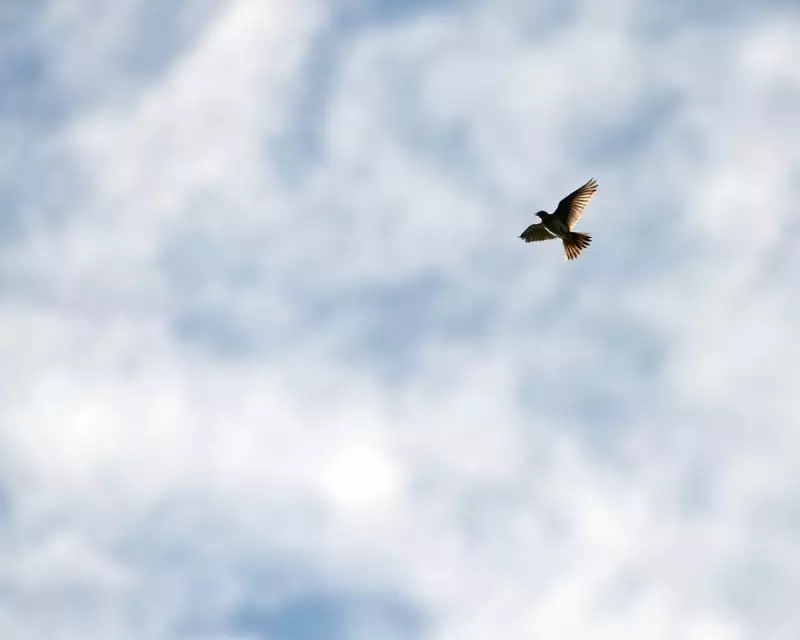
High in the Yorkshire Dales, where limestone pavements carve patterns across the landscape and drystone walls stitch together emerald fields, a sound cuts through the evening air that seems to embody the very soul of the British countryside. It begins as a liquid, bubbling trill that transforms into a haunting, melancholic cry—the unmistakable call of the curlew.
A Voice That Defines the Landscape
This large, elegant wader with its dramatically curved bill doesn't merely inhabit the Dales—it gives voice to them. The curlew's call is as integral to these northern uplands as the stone barns that dot the hillsides or the becks that carve through valleys. Yet this iconic sound, once commonplace across Britain's wetlands and moorlands, has become increasingly rare.
The Plight of a British Icon
The curlew's decline tells a troubling story about the state of our natural world. Habitat loss, changing farming practices, and increased predation have pushed Europe's largest wading bird toward the brink. In some regions, curlew numbers have plummeted by nearly 50% in recent decades, turning their once-familiar cry into an increasingly uncommon gift.
What makes their disappearance particularly poignant is their deep cultural significance. For generations, the curlew's call has inspired poets, musicians, and writers, becoming woven into the cultural fabric of rural Britain. Their return each spring traditionally marked the changing seasons, their haunting cry echoing the wild beauty of the places they call home.
A Symbol of Hope and Resilience
Yet in the Yorkshire Dales, the curlew's persistent presence offers a powerful message of resilience. The fact that these magnificent birds continue to return to nest in these uplands, raising their cryptically patterned chicks amidst the heather and grasses, speaks to nature's remarkable tenacity.
Their bubbling song isn't just a beautiful sound—it's a declaration of survival, a testament to the enduring wildness that still exists in our carefully managed landscapes. Each successful breeding pair represents a small victory in the face of significant challenges.
Conservation Efforts Bearing Fruit
Across the Dales and beyond, dedicated conservation work is underway to secure the curlew's future:
- Habitat restoration projects creating ideal nesting conditions
- Partnerships between farmers and conservationists to protect nests
- Community monitoring programs tracking breeding success
- Research into the specific threats facing local populations
These collective efforts are beginning to show promising results, offering hope that the curlew's liquid call will continue to echo across the Dales for generations to come.
Listening to What Nature Tells Us
The curlew serves as more than just a beautiful bird—it acts as an indicator species, its health reflecting the broader wellbeing of our upland ecosystems. When curlews thrive, it suggests balanced predator populations, appropriate habitat management, and sustainable farming practices.
Their haunting cry carries a message that transcends mere sound. It reminds us of what we stand to lose if we don't actively protect our natural heritage, while simultaneously demonstrating nature's incredible capacity for recovery when given the chance.
As dusk settles over the Yorkshire Dales and that liquid call once again rises above the landscape, it brings with it both a warning and a promise—a reminder of what we must protect and evidence that conservation efforts can make a difference when we choose to listen.





